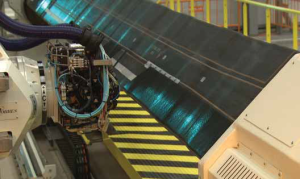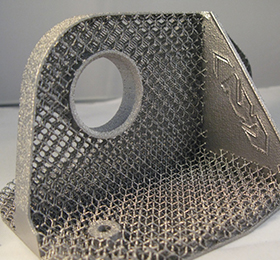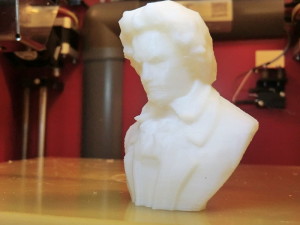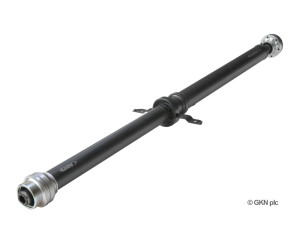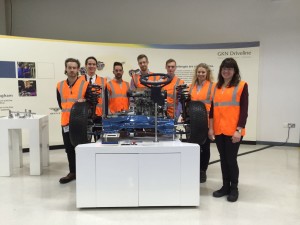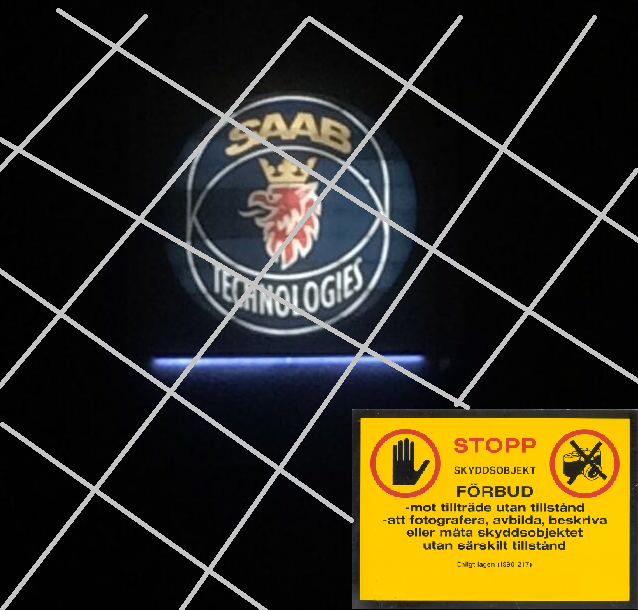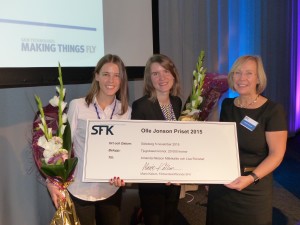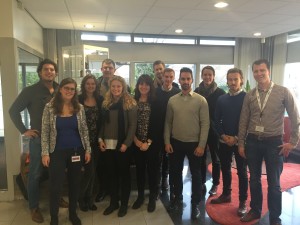IGEday at GKN 2016
This Friday GKN Aerospace Engine Systems in Trollhättan participated in a project called IGEday, Introduce a Girl to Engineering-day. A day that has been planned by some of our female engineers for a couple of weeks.
This morning, Friday May 18th, we welcomed around 60 girls from a local high school and told them about how it is to work as an engineer in a technology-intensive company in the aerospace industry. The girls were later divided into smaller groups and got to try different engineering tasks. One group had a tour of the production and was introduced to the work as Manufacturing Engineer. Group number two visited the Materials Lab and got to see the kind of work done by our materials and chemical engineers. The third group was introduced to the work done regarding design, both solid mechanics- and CFD calculations and CAD.
All engineers working with this project are very happy with the day and hope that all the girls are too!

I would like to thank everyone involved at GKN for the support and commitment. Above, you can see a picture of some of our girls here at the company that took part in the day.
Have a nice weekend everyone!

